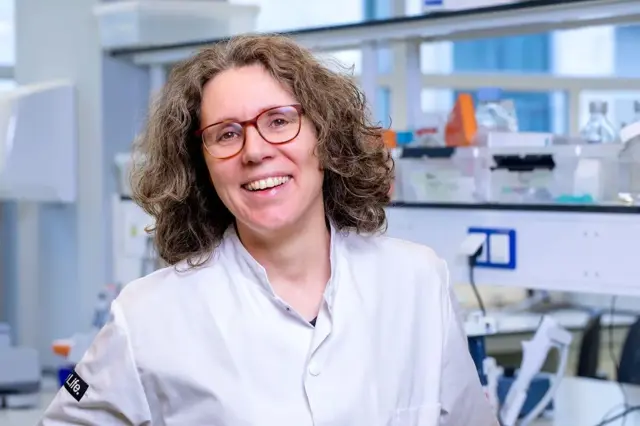July 4, 2024
Only through AI and machine learning can we come to grips with all chemicals around us
In scientific terminology, the aggregate of all the molecules we are exposed to is called the ‘exposome chemical space’, and it is central to Samanipour’s scientific endeavours. He aims to explore this vast molecular space driven by curiosity and necessity, as direct and indirect exposure to countless, often unknown chemicals poses a significant threat to human health. Estimates indicate that 16% of global premature deaths are linked to pollution, and the environment also suffers, evident in the loss of biodiversity.
The current approach is inherently passive and reactive. Society tends to analyze chemicals only after observing exposure effects. This has led to numerous problems, including the recent PFAS chemicals crisis. Additionally, regulatory measures primarily target chemicals with specific molecular structures produced in large quantities, leaving countless other chemicals largely unexamined. These include both naturally occurring chemicals and those resulting from the transformation of man-made substances.
Conventional chemical analysis is biased toward known or proposed structures, which is crucial for interpreting data from methods like chromatography and mass spectrometry. This bias leads to the oversight of more 'unexpected' chemicals. While non-targeted analysis (NTA) avoids this bias, its results are still limited. Over the past five years, 1600 chemicals have been identified, but approximately 700 new chemicals are introduced into the US market alone each year.
To tackle these challenges, Samanipour advocates the use of machine learning and artificial intelligence. He calls for a data-driven approach: intensifying data mining, performing retrospective analyses on already available data, and using AI to understand the structure and scope of the exposome chemical space.
Source: UvA.nl
Vergelijkbaar >
Similar news items

September 9
Multilingual organizations risk inconsistent AI responses
read more >

September 9
Making immunotherapy more effective with AI
read more >

September 9
ERC Starting Grant for research on AI’s impact on labor markets and the welfare state
read more >